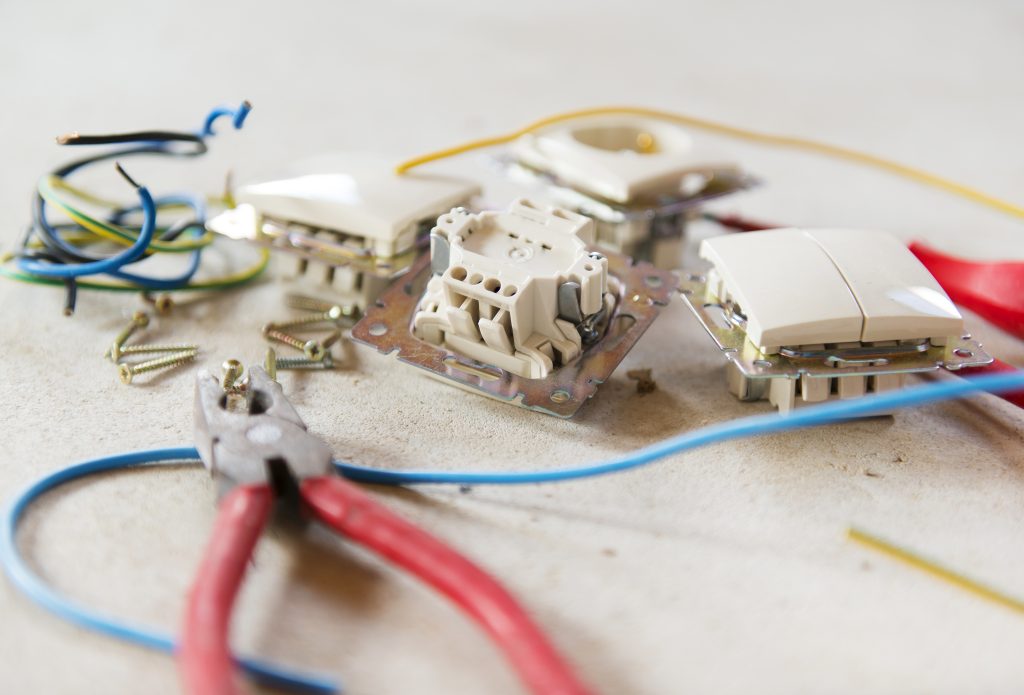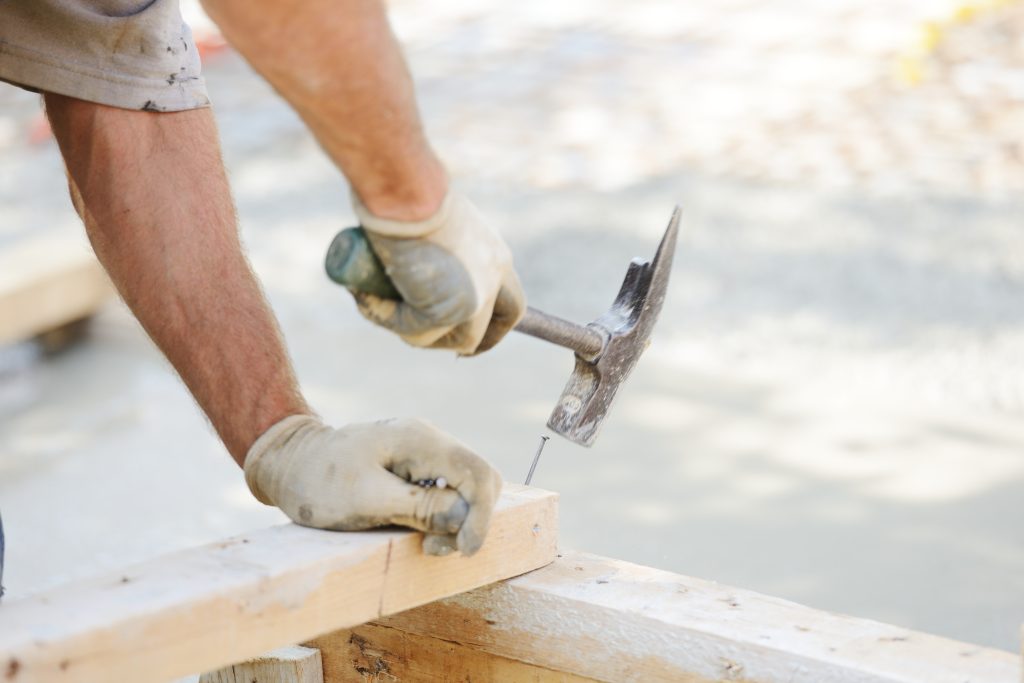Technology has been transforming every industry, and commercial cleaning is no exception. The rise of automation and robotics in commercial cleaning has led to significant improvements in efficiency and productivity. Artificial intelligence (AI) is also playing a crucial role in improving efficiency and reducing costs for businesses. Sustainability and green cleaning practices are emerging as top priorities for companies looking to reduce their carbon footprints. Data-driven decision making is becoming increasingly important, with big data being used to inform cleaning strategies and improve overall performance. Finally, changes in skillsets and employment opportunities will shape the future workforce within the industry.
One of the most significant trends shaping the future of commercial cleaning is the rise of automation and robotics. Automated machines can perform tasks such as vacuuming, mopping, and scrubbing floors more efficiently than human workers. They can also operate around the clock, allowing for continuous cleaning without breaks or downtime. This means that businesses can save money on labor costs while still maintaining high standards of cleanliness. Additionally, robots can be programmed to follow specific routes and schedules, ensuring consistency and predictability in cleaning routines.

Another major development in commercial cleaning technology is the use of AI. Machine learning algorithms can analyze large amounts of data from sensors and other sources to identify patterns and make predictions about when and where cleaning is needed. For example, sensors placed throughout a building can detect spikes in traffic or dirt buildup, triggering an alert to send additional cleaners to those areas. AI can also help optimize cleaning schedules by analyzing factors like occupancy rates and event calendars to determine the best times to clean each area.
Sustainability and green cleaning practices are also gaining importance in the commercial cleaning industry. Companies are seeking ways to reduce waste and minimize environmental impacts, including using eco-friendly cleaning products and equipment. Innovations such as microfiber mops and cloths, which require less water and chemicals, are becoming popular choices for sustainable cleaning. Some businesses are even exploring new technologies like ionized air cleaners, which remove contaminants from indoor air without producing any pollution.
Data-driven decision making is another critical aspect of the future of commercial cleaning. Big data analytics can provide insights into everything from cleaning effectiveness to employee productivity. By collecting and analyzing this information, businesses can make informed decisions about how to allocate resources and improve overall performance. For instance, data analysis could reveal that certain areas of a facility need more frequent cleanings or different types of cleaning methods.

Finally, changes in skill sets and employment opportunities will shape the future workforce within the industry. As automation and robotics become more prevalent, traditional cleaning jobs may disappear, but new roles will emerge requiring specialized technical skills. Workers will need to know how to operate and maintain cleaning equipment, interpret data analyses, and implement sustainable cleaning practices. At the same time, there will likely be increased demand for skilled professionals who can design and manage complex cleaning systems.
In conclusion, technology is revolutionizing the commercial cleaning industry. From automation and robotics to artificial intelligence and sustainability, innovative solutions are transforming the way we think about cleaning. Businesses that embrace these advancements stand to benefit from improved efficiency, reduced costs, and better outcomes.



